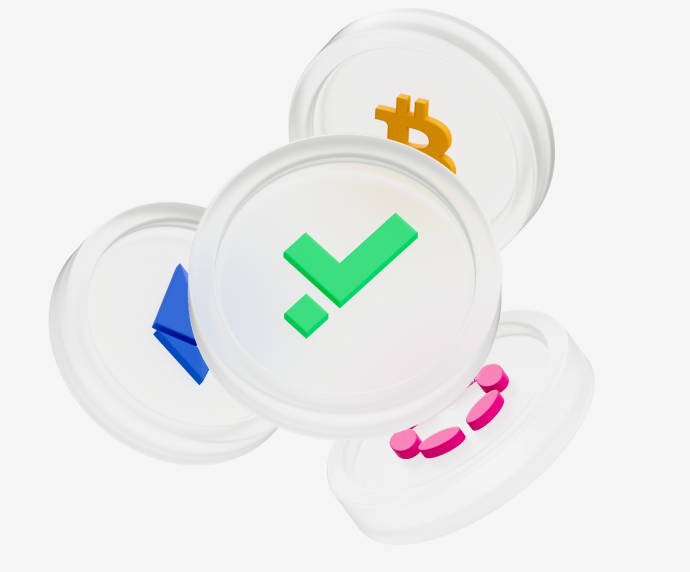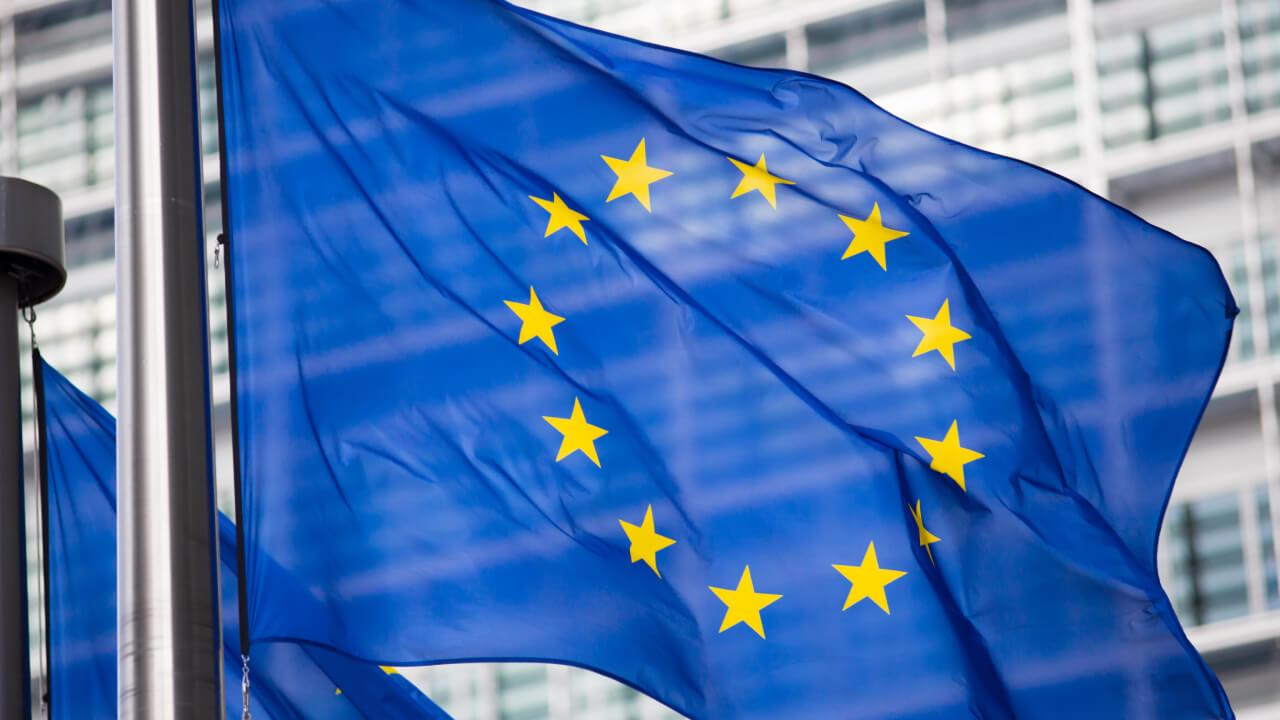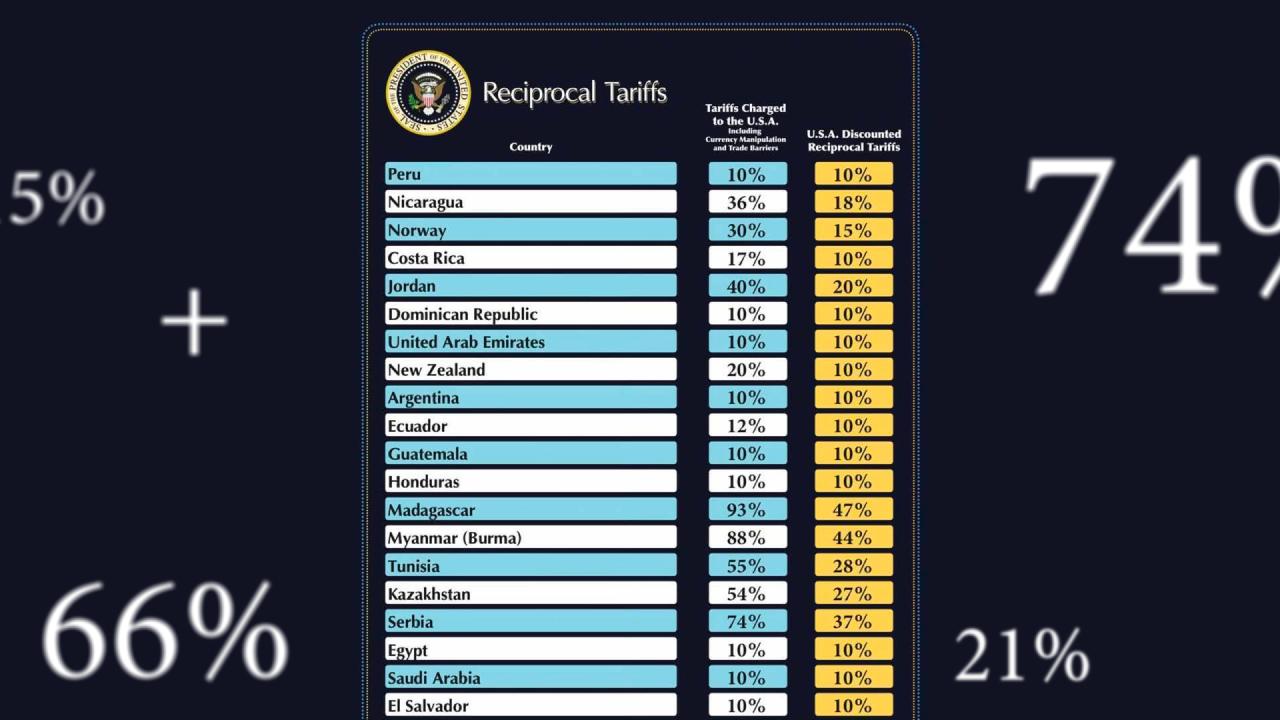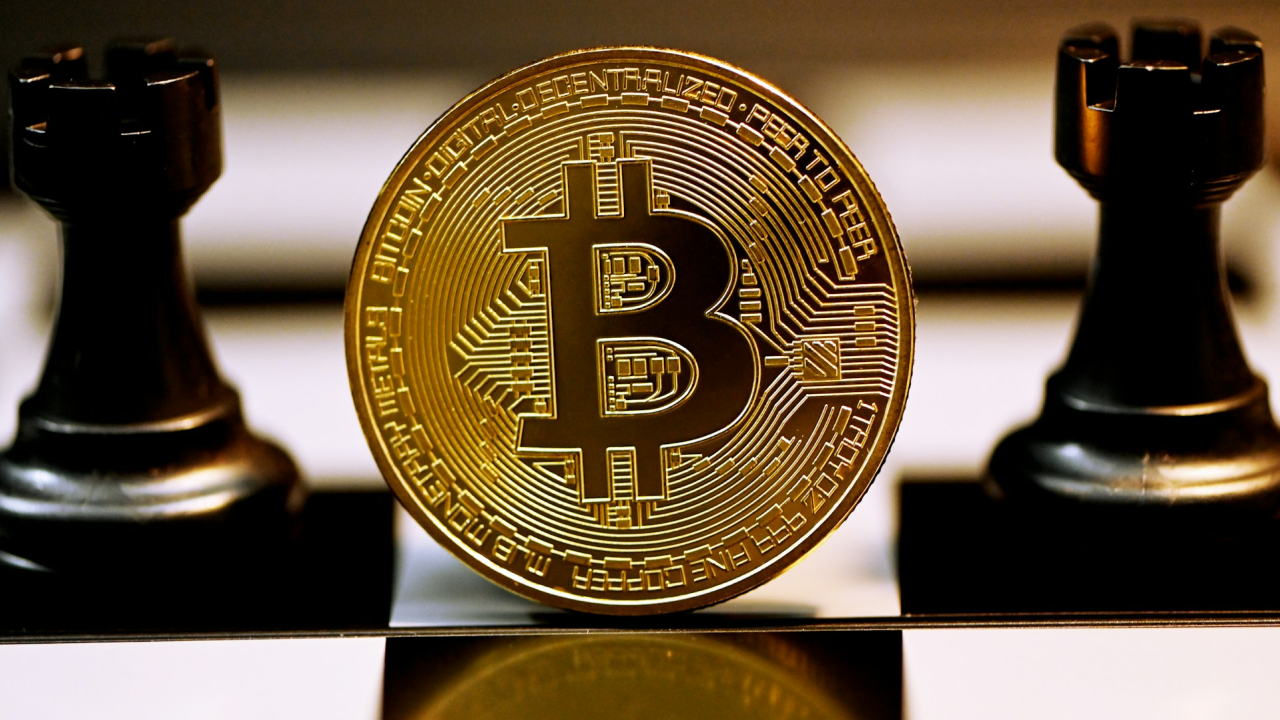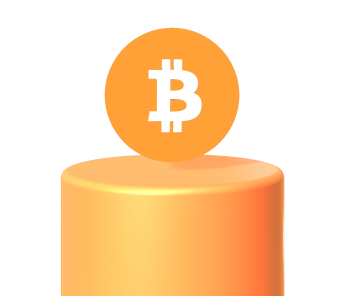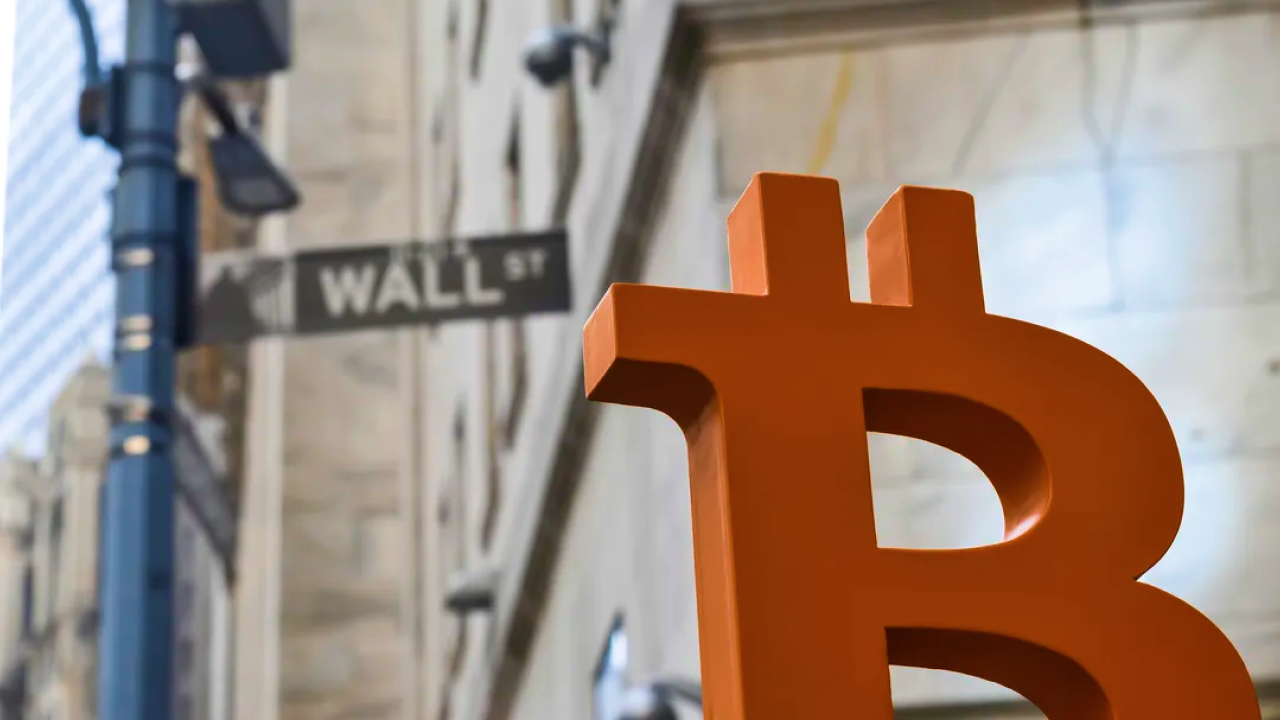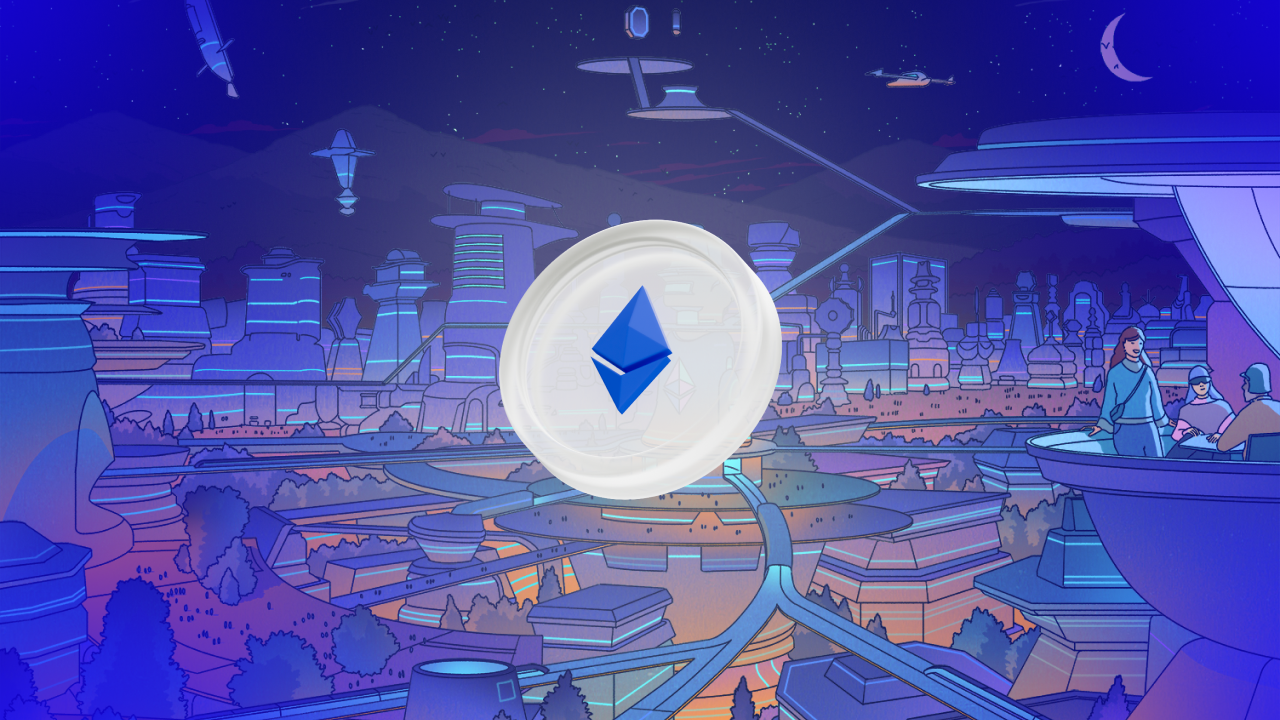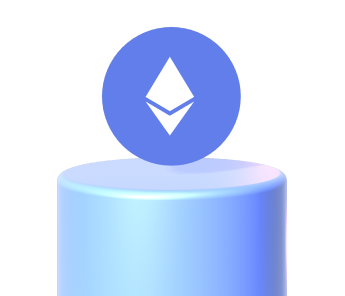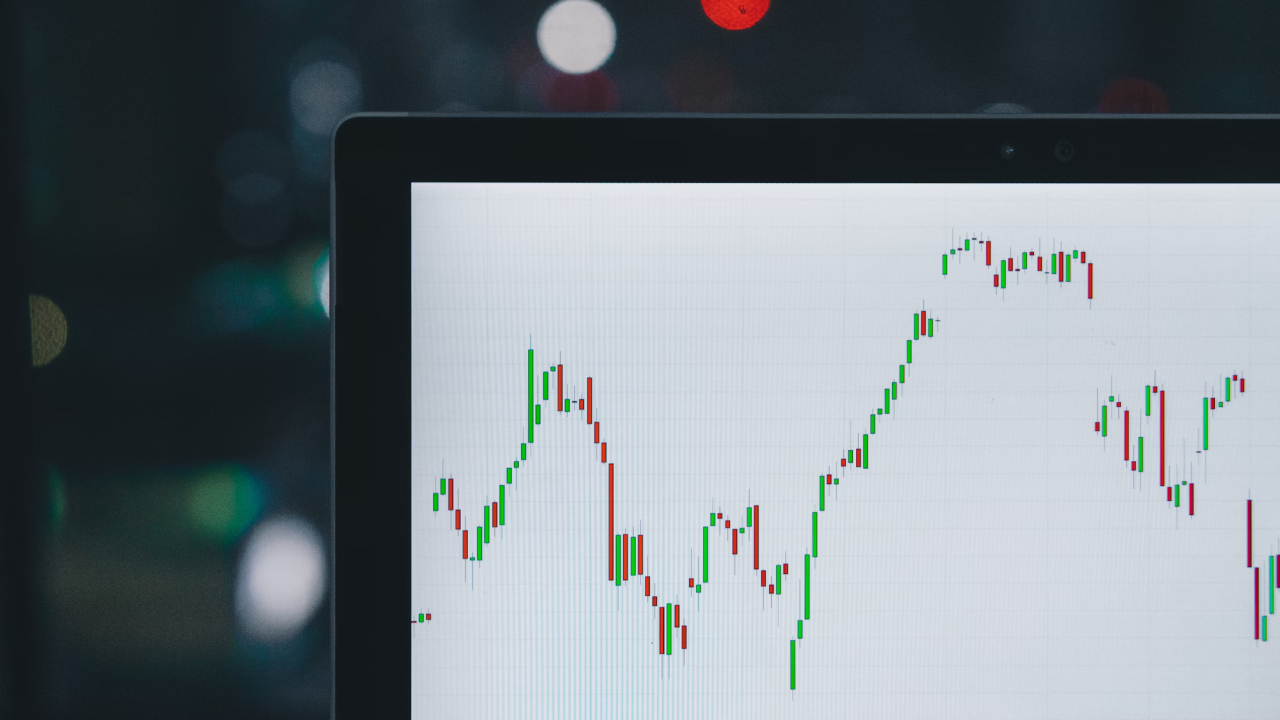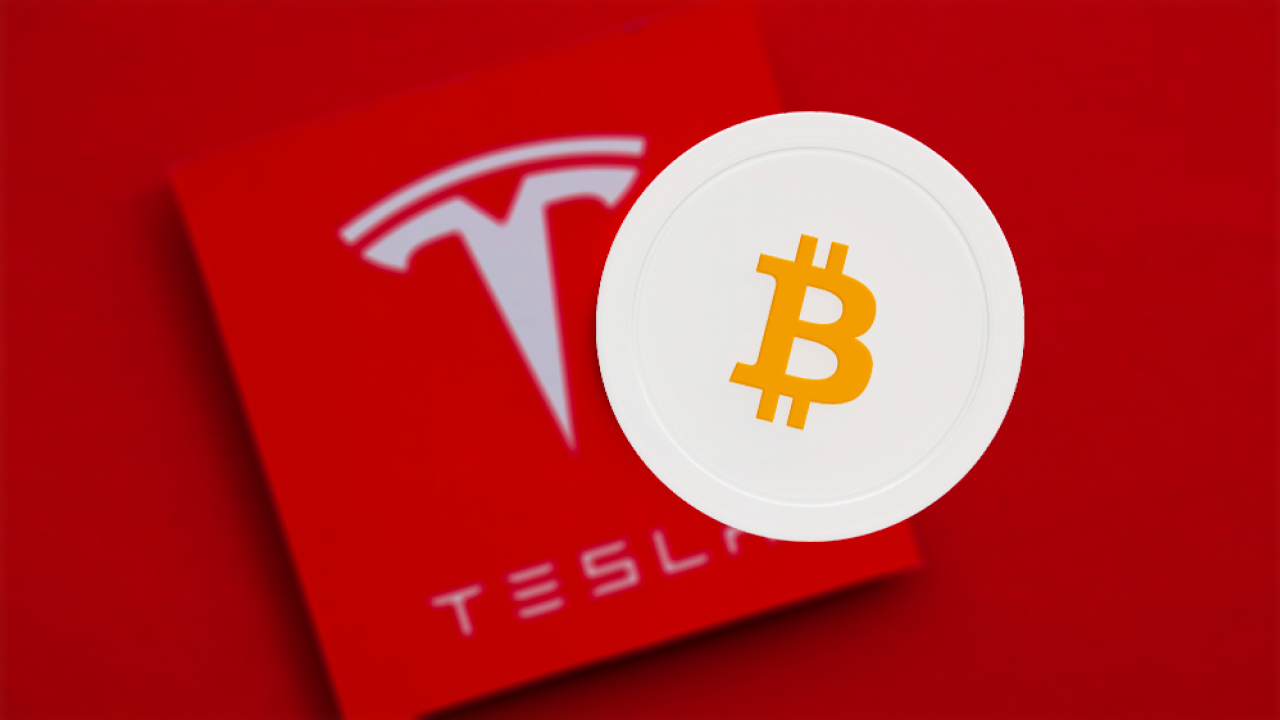The emergency fund serves as a personal treasury for unexpected events, and it can be a lifesaver. How is it created, and what is its significance?
Many people recognise the emergency fund as a well-known concept, but often postpone creating it. The reason for this is straightforward: an emergency is an unpredictable and distant event that tends to seem less urgent than immediate issues with tight deadlines. However, when an emergency does occur, it can lead to significant stress and anxiety. In this article, we will explore why building an emergency fund is essential and provide a step-by-step guide on how to do it.
Have an emergency fund: Be the ant in a world of cicadas.
The importance of the emergency fund has been part of human culture since time immemorial, if we think that Aesop wrote the fable of ‘The Ant and the Cicada‘ more than two thousand years ago. Admittedly, the Greek author does not tell us about the emergency fund, but he makes us realise how important it is to arrive prepared for the challenges that life, sooner or later, presents us with. The cicada sings all summer and does not worry about winter. At the same time, the ant slowly accumulates the necessary supplies: the cold arrives, the cicada goes hungry, and the ant serenely enjoys the fruits of its labour.
This moral, although simple and obvious at first glance, shoves reality in our faces. We know perfectly well that the future will come knocking sooner or later, but despite this, we are only willing to take the initiative when we feel the breath on our necks. The result? Total unpreparedness mixed with panic and stress.
The emergency fund serves precisely to avoid these unpleasant situations and to continue living our lives in peace, regardless of accidents, surprises or sudden desires. It allows you to buy a new phone, repair your car, or even go see Green Day in Florence without having to – a random example – sell the Ethereum you staked on Young Platform. Now that its usefulness is obvious, let’s see how to build an emergency fund, step by step.
Creating an emergency fund is challenging, but it can be done.
Before proceeding to set aside finances, one must understand one’s savings goal because it is uninspiring and unwise to hoard money to the bitter end. To do this, you need to track and analyse your monthly expenses, fixed and extra, such as rent, petrol, food, subscriptions and so on. You can write them down in pen, use Excel or make your life easier with a budget management app. Now, multiply the figure by three or six, depending on your needs: the result of this complex mathematical operation equals your savings target, because the primary purpose of the emergency fund is to allow you to live without a fixed income. Once you have worked out how much you need to save, creating a strategy to make it a reality is time.
Putting money aside is a test of great discipline: the art of saving has to come to terms with the human soul and its irrepressible and impulsive desire for gratification. Moreover, it is exhausting when the goal is a large sum of money because it seems so far away. To reduce this cognitive load, specific strategies allow you to reach your goal by taking advantage of time, i.e., by installing the set amount in periodic instalments. Of these, the famous 52-week challenge would take you a year to build up your emergency fund. If, on the other hand, you want to speed things up, the advice is to make a kind of accumulation plan and withdraw a fixed amount of money. In this case, remember the teaching of the well-known book ‘The Richest Man in Babylon‘: if you receive a fixed monthly income, take it out and then live on the rest, never the other way around. This means that if you earn €1,300 a month, you first take out €100 and then recalibrate your life based on the €1,200 that remains, as if the €100 had never existed.
Let us give a practical example to avoid any doubt. Our example is Mario, a 28-year-old boy living in Milan who works as an office clerk. Mario writes down everything for a month and discovers that his essential expenses amount to about €1,185, divided as follows:
- 750€ rent per month for a two-room apartment (he was fortunate)
- 100€ bills
- 45€ internet (Wi-Fi and mobile)
- 40€ vehicle subscription
- 250€ supermarket shopping
Mario decides it is time to start thinking about an emergency fund. He is 28 years old, young and knows that if he loses his job, he will be able to find another one in a relatively short time. His fund, therefore, should correspond to four months’ expenses: 1185 x 4 = 4740€. He rounds up and opts for the 5,000€. At this point, he will just have to figure out how to accumulate it.
Perfect. You know how much you have to save, and you also know how to do it. The time has come to work on self-control. Of course, being rigorous and consistent in saving does not imply embracing asceticism: nobody is asking you to be the new Mahatma Gandhi. It just means concentrating and understanding what you really need. An interesting technique is to wait until the next day and ask yourself, “Do I still need that limited edition poster with Walter White and Gus Fring having lunch in Los Pollos Hermanos?” Yes, you will still need it. But you have been practising, and this exercise might save you a little extra next time.
Nice but… the emergency fund has a big problem.
Your emergency fund now exists and is no longer just a good New Year’s resolution. However, it doesn’t end there, there is still one hurdle to overcome, the number one enemy of savings, the final boss: inflation. Indeed, in theory, this liquid treasure you have built up with so much effort, like a bit of ant, is destined to stay put for quite a while – knock on wood – because it is meant for emergencies. The problem is that time passes, inflation rises, and your emergency fund loses value.
You thought you had the solution ready to face the final boss, huh? Super Mario had to cross eight worlds to defeat Bowser and retrieve Peach. All you have to do is sign up below and read the articles we post about it, like this one. Until next time!
